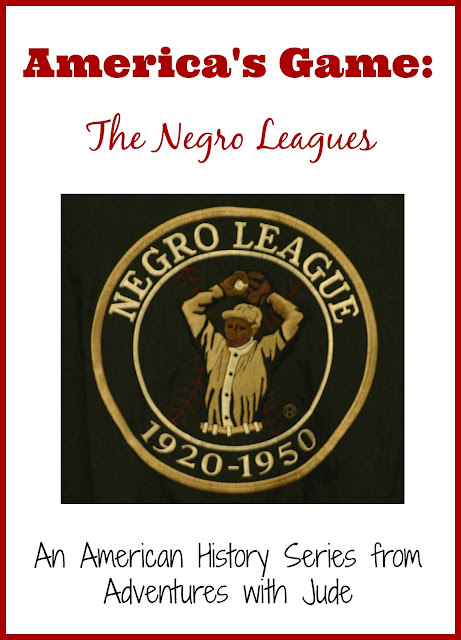Baseball was originally played by men in rival athletic clubs for recreation, and in 1864, immediately after the Civil War’s resolution, baseball’s popularity increased dramatically. At this early time, it was still an amateur sport that attracted all races. Reflective of society at large, there were both single-race as well as integrated teams. However, on December 11, 1868, a casualty of the formation of the National Association of Baseball Players was a silent "gentleman’s agreement" barring black players.
In the early years of the 20th century, there were two attempts to establish leagues for black teams. The first was in 1906 when the International League of Independent Baseball Clubs was formed in the Philadelphia area. This league was an integrative league, as it was initially composed of one white American, two Cuban, and two African American teams. The championship game pitted two black teams against each other and attracted 10,000 fans to Columbia Park, then the home of the Philadelphia Athletics. The league was planned to continue with a 1907 season, but it never happened. Four years later, there was an attempt to start an independent black major league with teams across the country; unfortunately, the league died before any sanctioned games were played.
 |
| The 1887-88 Cuban Giants Public Domain, via Wikimedia Commons |
Jackie Robinson made history in 1947 when he broke baseball’s color barrier to play for the Brooklyn Dodgers. A talented player, Robinson began his professional career in the Negro League before being selected by Branch Rickey, the Brooklyn Dodgers’ president, to help end segregated Major League Baseball. With the number 42 embroidered on his jersey, Robinson won the National League Rookie of the Year award his first season and helped the Dodgers to the National League Championship – the first of Robinson’s six trips to the World Series. In 1949, Robinson won the league MVP award, and he was inducted into the Baseball Hall of Fame in 1962.
 |
| Jackie Robinson in his 1950 Brooklyn Dodgers Uniform, By United States Information Agency [Public domain], via Wikimedia Commons |
Despite his skill, Robinson faced a barrage of insults and threats because of his race. The courage and grace with which Robinson handled the abuses inspired a generation of African Americans to question the doctrine of “separate but equal” and helped pave the way for the Civil Rights Movement. On April 15, 1997, his jersey number was retired throughout all of Major League, an unprecedented and still unrepeated tribute to the man who returned his race to the mainstream games.
 |
| Hank Aaron, 1960 Milwaukee Braves Public Domain, via Wikimedia Commons |
Just a few years after they learned to play baseball while fighting alongside white soldiers in the Civil War, blacks became quietly forbidden from Major League Baseball. In the Jim Crow era, the formation of the Cuban Giants association, followed by the Negro National and Negro American Leagues, gave black players a chance to make their big league dreams come true. The Leagues were especially successful during World War II and in the years after when black urbanites, flush with cash from well-paid defense jobs, crowded into stadiums across the nation to see players like Hank Aaron play. After Jackie Robinson had broken into the “white league”, some proposals were floated to bring the Negro leagues into "organized baseball" as developmental leagues for black players, but that was recognized as contrary to the goal of full integration. Negro Baseball Leagues provided African Americans their own “field of dreams,” while Jackie Robinson and his cohorts proved that baseball wasn’t a white man’s sport, but America’s game.
Cover Image credit: David King, [Public Domain], via Wikimedia Commons
Click here to read other posts in the series!
©2012- 2016 Adventures with Jude. All rights reserved. All text, photographs, artwork, and other content may not be reproduced or transmitted in any form without the written consent of the author. http://adventureswithjude.com



No comments:
Post a Comment